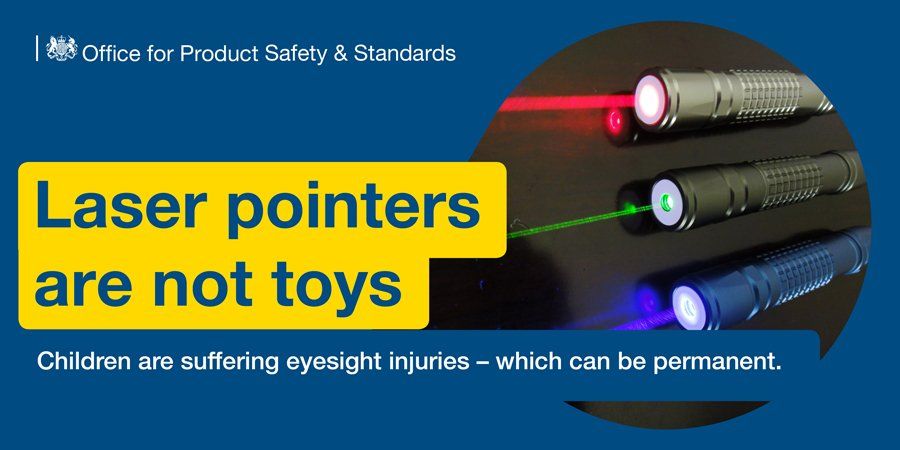Best Advice To Picking A Safe Laser Therapy
Best Advice To Picking A Safe Laser Therapy
Blog Article
What Is Safe Low-Level Laser Therapy (Lllt), Also Known As Low-Level Laser Therapy, Assist With Ulcerative Boils?
Low-level laser therapy with safe lasers (LLLT), through it stimulating tissue repair can aid in healing of wounds caused by ulcers. LLLT accelerates tissue regeneration and repair by encouraging cellular metabolism. It also stimulates the fibroblast collagen and angiogenesis processes (formation of blood vessels) which are all essential in wound healing. This can be used to promote the faster healing of ulcerative injuries.
Reduced inflammation- LLLT has anti-inflammatory properties through the inhibition of the release of proinflammatory cells. LLLT can be effective in reducing the severity of wounds that are ulcerative, where inflammation may result in tissue injury and delay healing.
LLLT can help reduce discomfort, particularly for ulcerative wounds. LLLT helps reduce pain and discomfort. It can also increase the patient's satisfaction.
Increased blood circulation LLLT promotes microcirculation by increasing vasodilation. This increases the flow of blood to the area of injury. Improved Blood Circulation - LLLT improves blood flow to the wound by supplying oxygen and nutrients.
LLLT is antimicrobial that reduce the possibility of infections on ulcerative sores. LLLT is able to decrease wound infections by stopping further infection and encouraging bacterial elimination.
LLLT minimizes the formation of scars through promoting the regrowth of tissues and the remodeling. By stimulating the production of collagen fibers and encouraging aligning of collagen bundles, LLLT could help produce more robust scar tissue.
Overall low-level Laser therapy by Safe Laser aids in faster healing, reduced pain and improved outcomes for wounds. Talk to a healthcare professional before using LLLT on ulcerative lesions. Read the top rated safe laser 500 ár for more advice including laser lézer, lágy lézer, lágylézeres készülék, lezer kezeles, lágylézer kezelés árak, lágylézer ár, lágylézer bérlés, orr lézer készülék, lágylézer bérlés, lágylézer vásárlás and more.
What Is The Role Of Safe Lasers With Ear, Nose, And Throat Problems?
Safe Laser Low-Level Laser Therapy (LLLT), can help with a variety of ENT (ear nose, throat) issues by a variety of ways. Reducing inflammation- LLLT's anti-inflammatory properties can help reduce swelling in tissues around the ear and nose. This can be beneficial for ailments like sinusitis, rhinitis, and tonsillitis, which can cause inflammation and result in symptoms like nasal congestion, sore throat and ear irritation.
Pain Relief - LLLT alters the perception of pain by altering nerve conduction. This reduces the pain that is caused by earache sinus pressure or sore throat.
Enhanced Tissue Regeneration - LLLT boosts cellular metabolism, which results in faster healing and regeneration of tissues. LLLT assists in promoting faster healing of tissue in ENT conditions like the pharyngitis or otitis.
LLLT improves blood circulation by increasing microcirculation, vasodilation and blood flow in the affected regions. Improved blood circulatory can help deliver oxygen and nutrients, which promote healing and reduce inflammation.
LLLT is antimicrobial, and reduces the amount of viruses or bacteria in the throat or nasal passages. This is beneficial in the treatment of diseases such as tonsillitis or sinusitis.
Treatment of Allergic Symptoms LLLT helps relieve symptoms that are associated with allergies like hay fever and allergic rhinitis by reducing inflammation inside the nasal passages. This may result in less nasal congestion and the occurrence of sneezing.
Management of TinnitusTreatment of Tinnitus LLLT has been studied as a treatment option for tinnitus, a condition characterized by ringing or buzzing in the ear. While the exact mechanism is not fully understood, LLLT may help improve blood flow and decrease inflammation in the auditory system, leading to a reduction in tinnitus symptoms.
Safe Laser low-level therapy can be a noninvasive, medication-free method to manage the ear, throat and nose disorders. It may provide relief from symptoms as well as speed up healing. Prior to using LLLT make sure you consult a specialist ENT to determine the cause and recommendations on treatment. View the top rated lágylézer for blog examples including lágy lézer kezelés, lágylézer bérlés, lágylézer készülék, lézer kezelés hatása, lágylézer készülék bérlés, lézer bérlés, lágylézer készülék bérlés, lágylézer készülék, safe laser kezelés budapest, safe laser bérlés and more. 
What Is The Average Time It Will Require For A Laser Be Effective On Acute Conditions?
The number of sessions needed to allow a Safe Laser device to take action on acute illnesses will vary based on various factors such as the seriousness of the condition and the patient's response to treatment, and the specific treatment plan recommended by a medical specialist. Low-level laser therapy (LLLT) is effective for treating acute illnesses. In some cases, individuals might experience less swelling, pain, or inflammation following just 2 or 3 sessions of LLLT. For more lasting and sustained results, it is suggested to go through a series of LLLT treatments during a particular period.
The precise number and frequency of LLLT sessions needed to address acute conditions can vary depending on the condition being treated as well as the severity of symptoms, and other individual aspects like overall health and response to treatment. The treatment protocol is usually customized to each individual and can include scheduling LLLT sessions several times per week for a specific time frame.
For acute conditions it is essential to follow the treatment program prescribed to you by a health specialist. You should also be present at every scheduled LLLT therapy sessions. In addition, patients may notice improvements over time as they continue treatment in time. If there are any concerns or doubts about the treatment plan or the progress made, it's important to discuss these concerns with a healthcare provider.